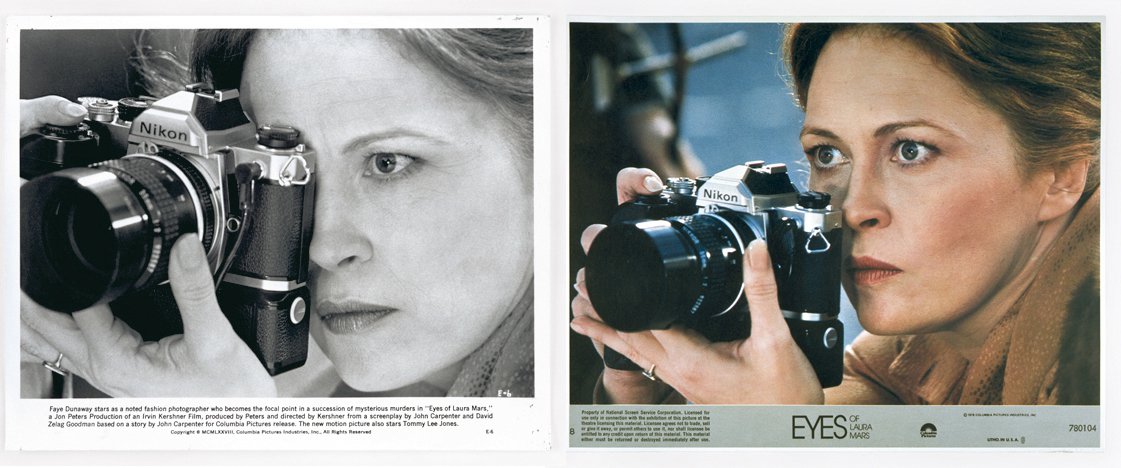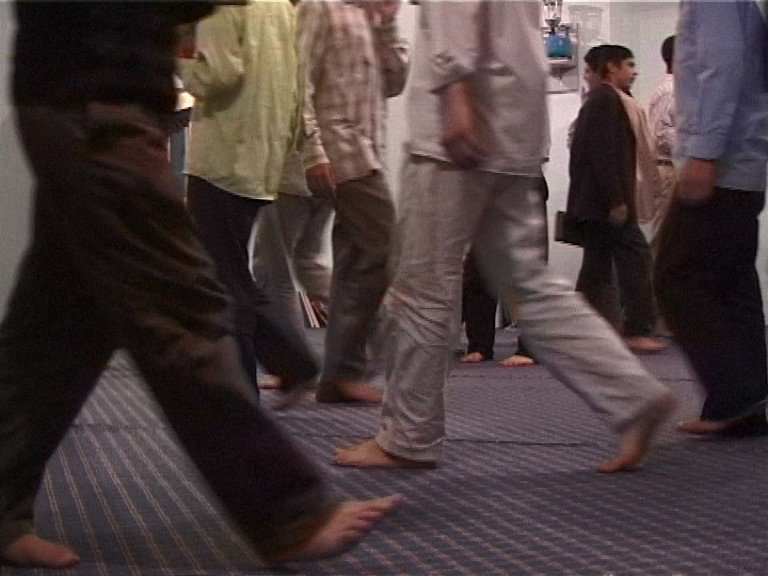Anne Collier, Fikrey Atay, Thomas Baumann
June 16 – August 18, 2008
Bonner Kunstverein presents the American artist Anne Collier (*1970, lives in New York) in her first institutional solo exhibition in Germany. Born on the west coast, she got her degree at UCLA in 2001. Her work was shown at the Whitney Biennial 2007 in New York. She was invited this year for the first time to give solo exhibitions in Vancouver (Presentation House Gallery, January 2008) and in Liverpool (Open Eye Gallery, April 2008). Anne Collier is aligned with the tradition of a conceptually oriented work ideal as practiced by artists such as John Baldessari, Sherry Levine, Louis Lawler or Christopher Williams. With her photographic approach, Collier reflects the medium of photography per se, as well as the role of photography in contemporary culture. Photographic images of the everyday media world – from film poster via art magazines to books and record covers – serve her as motif. Via Collier´s re-shot photographs, the original photographs, though already staged, are given an intensification. The artist, with preference, selects well-known motifs from the 1970s and 80s, which in their new reproduction are reduced in size. By photographing photographic material, the artist makes her theme that of our pictorial access to the world. This is reinforced when the artist takes up the motif of the eye, as well as its technical counterpart: the photo camera. Besides the precise and simultaneously reduced and low-key focus on the artistic issue of seeing, understanding and appropriating, Collier frequently charges her pictures with a strange patina of nostalgia and longing. Since the artist openly reveals her use of photographed images – folds in the paper and other traces are visible on the perfect picture surface – the motifs are given a history of personal usage. Who may have collected, preserved or used these photos and for whatever purpose? Intimate associations and social networks seem to shine very quietly forth from behind the intentionally distanced photographs. It is the medium of photography that devotes itself to capturing the fleeting world. Sunsets, glittering disco balls, beauty icons like Marilyn Monroe or Madonna awaken desire, on the one hand, and illustrate transience, on the other, and lead to an emotional spectrum that Collier, with her cool approach, puts up for debate. With her distanced formulation, the artist succeeds in setting the scene for the emotional contents of, for instance, joy and fear, hope and despair, love and guilt, and in this way reclaiming a new territory for the photographic image.
Equipped with a handheld camera, the Kurdish artist Fikret Atay undertakes forays through his Turkish hometown of Batman and captures pictures that reflect his immediate environment. The resulting shots serve him as a model for his works, which by means of their poetically visual language go far beyond any documentary quality. The focus of the work is often on children and adolescents who are shown playing, dancing or singing. In the video BANG! BANG! (2003), young boys reconstruct war scenes at a railway depot and seem quite unimpressed by the brutality of their game. In Tinica (2004) a boy, against the triste backdrop of the town of Batman, beats vigorously on a drum put together from canisters, tin cans and junk before he subsequently sends it down the hill with a kick. Fikret Atay’s video works are closely linked to the specifically cultural, social and geographic phenomena and issues of his homeland. The artist in his videos thematizes the way young people grow up in a society that is characterized by upheaval and manifests the way it has developed by combining oriental traditions with current western influences. The situations he shows arouse in the viewer familiar and, at the same time, unfamiliar scenarios and engender a feeling of contradiction and dissonance. Whereby the situations we are shown raise questions as to tradition and development, identity and the role of the individual in society. Thus the issues claim a validity that allows them to be carried over to other cultures and situations. Fikret Atay was born 1976 in Batman, a region in southeastern Turkey close to the Iraqi border. He has had solo exhibitions, among others, in Paris, Le Plateau/Frac Ile-de-France (2006) as well as in Kunstverein Rheinland/Westphalia in Düsseldorf (2005). He has also participated in various group exhibitions such as the Sydney Biennial (2006) and the Istanbul Biennial (2005). The artist lives and works in Batman and Paris.
"Balancing the wrong and the true..." is the first solo exhibition in Germany of the Austrian artist Thomas Baumann (born 1967 in Salzburg, lives in Vienna), which has been conceived in collaboration with Kunsthaus Baselland. Baumann can point to numerous exhibition activities, among others at the Museum of Modern Art in Passau, at the Secession in Vienna or in group exhibitions at Museum Tinguely, Kunsthaus Graz and Haus Konstruktiv Zurich. Characteristic for Baumann´s artistic production is a method of networking and circulating art genres and a critical questioning of evaluations or value and form systems. With his electronic sculptures, his mechanically-produced paintings, films and installations, he installs a platform for visitors to (re)act and at the same time seeks structural points of contact between material and mental space. One of his spatially outgoing sculptures with a programmed score is Asilver (1999/2008). A silver foil moves in predetermined temporal rhythms: it opens up, contracts or expands. The sculpture permanently changes its form, destroys the one just found in order to generate a new one. Shape’n Shade for a Black and White Rope (2005) is, in contrast, a work composed of black and white rope, which via an electronic control changes its geometric composition and its colors. It recalls abstract geometric painting and likewise stands for the claim to grant people of different skin color a co-equal existence. The installation Beam Statement (2007) in its outer form can be read as a swing or see-saw. In contrast to a conventional see-saw, by which the heavier weight sinks as the lighter rises, the work Beam Statement claims that everything placed on the see-saw has equal weight, also in the sense of equal value. The work – symbolically speaking – balances everything out. Thomas Baumann in this work addresses social, economic, societal and also cultural value systems and stimulates us to think about our own evaluation scale.

Anne Collier, Woman With A Camera (diptych), 2007. Courtesy the artist and Gallery Corvi-Mora, London.

Anne Collier, Folded Madonna, 2007. Courtesy the artist and Gallery Corvi-Mora, London.

Fikrey Atay, Theoretican, Videostill, 2008. Courtesy the artist.